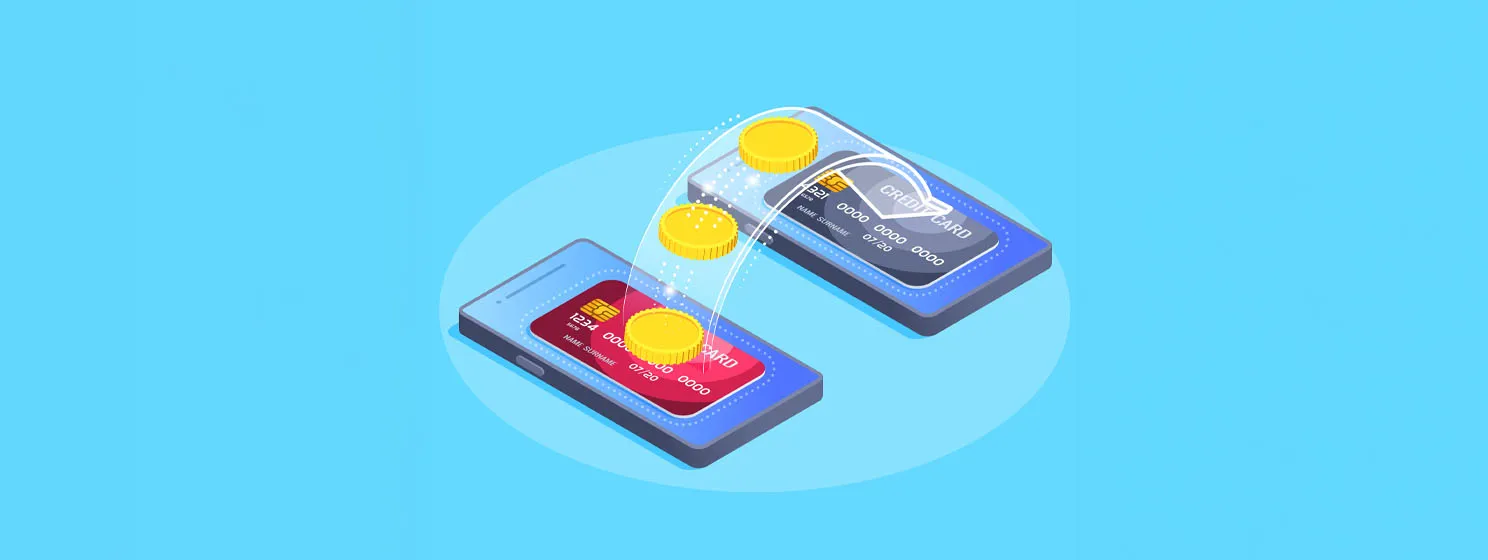|
Getting your Trinity Audio player ready...
|
Binance is facing yet another investigation from financial regulators. This time, the U.S. Securities and Exchange Commission (SEC) would like to know if the company’s 2017 ICO for its native token, BNB, counts as a sale of an unregistered security.
🚨 BREAKING: #SEC announced that it is investigating if #BNB was a security when it was sold in 2017. This is bad for #Binance. $BNB dumps -5% on the news.
Link: https://t.co/hdZVl16LUg pic.twitter.com/XjYY1tZj1N
— WallStreetPro (@wallstreetpro) June 6, 2022
Of interest to the SEC is what motivated Binance to sell the asset and what its buyers would have reasonably expected to gain from their purchase. Binance has been cautious about publishing materials calling BNB a “utility token” that does not entitle holders to a share of the company’s profits and does not represent an investment. However, the company presumably sold the asset to raise funds that would expand its business, as well as give it the prestige of having its own blockchain.
Initial coin offerings (ICOs) were most popular around the time of Binance’s exchange launch (2017-18) and drove much of its early traffic. However, the SEC and regulators in other countries have since launched several investigations into ICOs and the reasons companies held them, claiming they met U.S. “Howey Test” conditions as securities—and therefore, any ICO that was not registered with the authorities as security constituted an illegal share offering.
BNB, also known informally as Binance Coin or Binance Token, is the native token of Binance Chain (formerly Binance Smart Chain), a blockchain the company uses to perform contract functions. BNB first appeared in July 2017 as a token on Ethereum before migrating to its own network.
Holding the BNB asset enables Binance users to pay fees for a discount when trading on the company’s exchanges. Supported by popular wallets like Trezor and Ledger, it may be used to pay for contract functions on Binance Chain or used as a payment asset in its own right.
BNB has brought decent returns for its holders as a speculative asset, particularly since January 2021. After spending a few years hovering around the U.S.$20-30 mark, in April 2021, it shot to an all-time high price of $675. It has not fallen below $261 since that time and currently trades around $295 for a total market cap of U.S.$46.46 billion. On market aggregation sites, it occupies a top-five position and is the most valuable non-stablecoin asset after BTC and ETH.
Binance has minted 200 million BNB assets but “auto-burns” them from time to time “as a deflationary measure.”
The BNB information page informs potential users of BNB’s intended purposes:
“BNB is a utility token that allows holders to pay discounted fees for trading on Binance’s exchange. BNB does not, however, provide users with a share of Binance’s profits, represent an investment in Binance, or provide any compensation.”
The language used here has been fairly standard for ICO projects and is an attempt to convince regulators that new coin offerings do not have the same qualities as share offerings. However, the SEC has indicated in the past that such statements do not auto-disqualify coin offerings as securities and consider other factors when making its own judgment. Crucially, despite companies telling investors not to expect share-like returns on their “investments,” buyers may still expect the offering to increase in value over time, depending on the company’s fortunes.
The SEC will likely take months to complete its investigation before deciding what action to take regarding the BNB offering. But Binance still has plenty of other regulatory problems to deal with—this week, it faced new accusations that it remains a preferred platform for hackers and other criminals to launder ill-gotten gains.
A report by news agency Reuters suggested Binance has seen U.S.$2.35 billion in proceeds from “drug sales, hacks and investment fraud” pass through its platform, which has over 120 million users and markets itself as having one of the industry’s largest variety of asset listings.
Binance, for its part, claimed Reuters had based its findings on old data and claimed to have tightened AML/KYC security over the past couple of years. Reuters disagreed, saying its investigation revealed that assets from exchange thefts and North Korean hacks still appeared in Binance trades soon after the crimes took place.
Popular exchanges are typically used by criminals to launder money thanks to the selection of assets that can be traded there, as well as their liquidity. The more popular the exchange and less strict AML/KYC practices, the greater the chance that assets can be disposed of and cashed out without compliance staff noticing the activity.
Follow CoinGeek’s Crypto Crime Cartel series, which delves into the stream of groups from BitMEX to Binance, Bitcoin.com, Blockstream, ShapeShift, Coinbase, Ripple,
Ethereum, FTX and Tether—who have co-opted the digital asset revolution and turned the industry into a minefield for naïve (and even experienced) players in the market.

 07-15-2025
07-15-2025 





